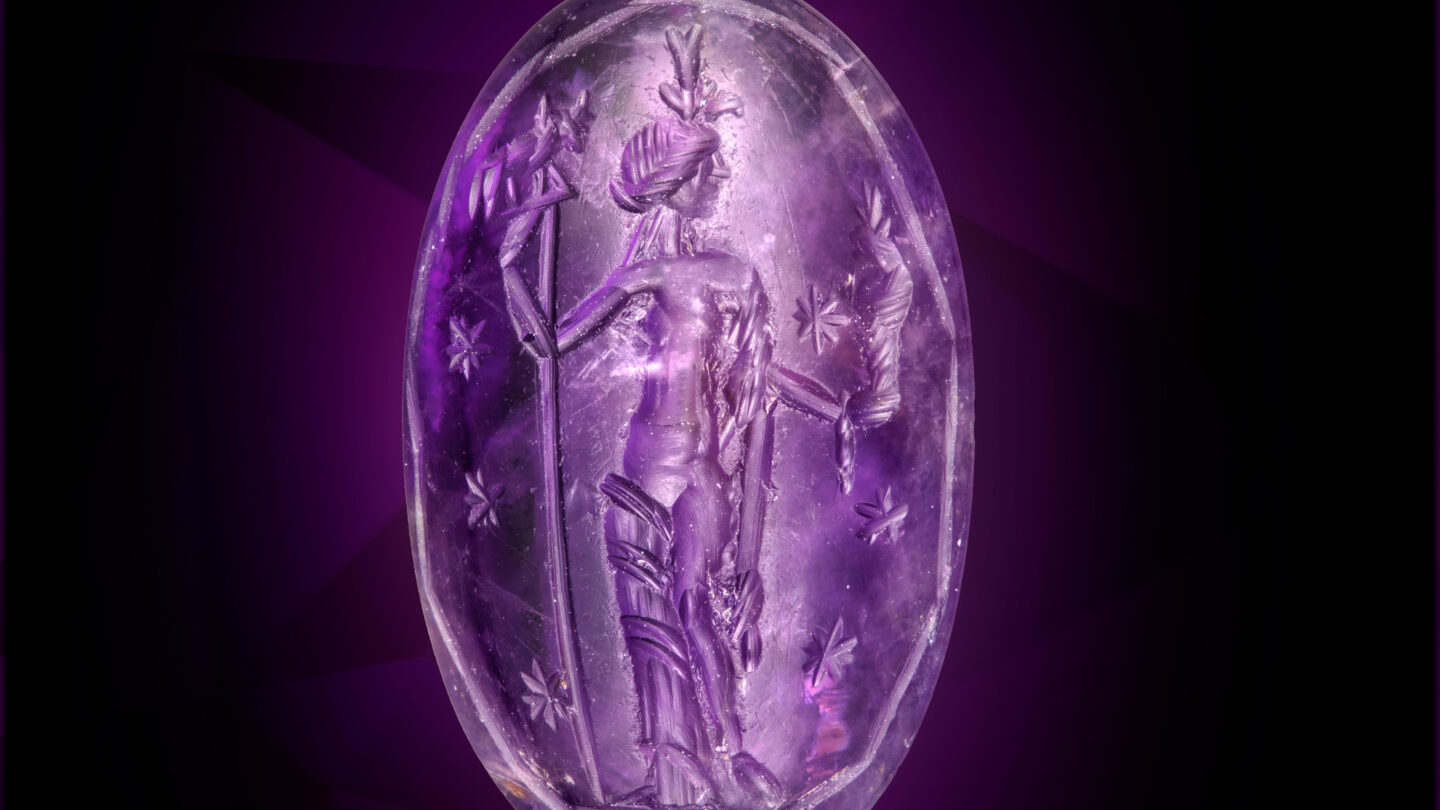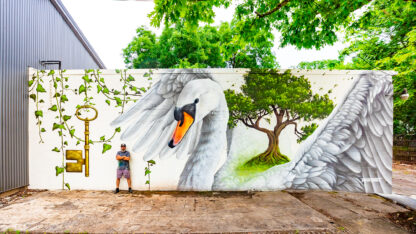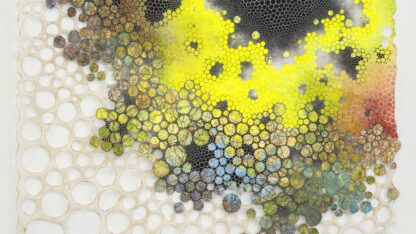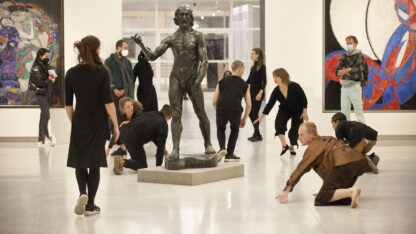Beyond their ornamental beauty, engraved gems allow us to examine different aspects of life in ancient Greece and Rome. A new exhibition at the Carlos Museum explores the history and functionality of gemstones in classical antiquity: “Making an Impression: Art and Craft of Ancient Engraved Gemstones.”
The exhibit is on view at the Carlos through Nov. 27, and the Carlos Museum’s curator of Greek and Roman art Dr. Ruth Allen joined “City Lights” host Lois Reitzes via Zoom, along with the new museum director Dr. Henry. Kim, to talk about the remarkable collection now on display.
Interview highlights:
Ancient techniques achieving mind-boggling intricacy:
“This is something that has fascinated me since I started studying engraved gems nearly 10 years ago, and it’s something that actually fascinated ancient viewers as well — the seemingly miraculous skill of the engraver to fit impossible detail into the surface of a gemstone, often smaller than half an inch, sometimes even only a quarter of an inch in size,” said Allen.
She continued, “The process of engraving these gems, it involved a bow-driven, hand-turned drill made from wood, with metal drill bits of different shapes — some pointed, some cone-shaped, some circular — and the movement of the bow, the string of which was wrapped around the drill, could make a continuously-turning drill to work these gems. The crucial ingredient in the process was what we call emery powder, what the ancients knew as ‘Naxos stone,’ a type of corundum close to diamond that was sourced on the island of Naxos in the Mediterranean Sea. And when ground into a fine powder and mixed with olive oil, this formed the abrasive.”
Don’t worry, magnifying glasses will be provided:
“Something that was very important to me in thinking about how to present this material was to allow visitors to both see the images that are engraved on these tiny, tiny stones, which often are incredibly hard to look at and really depend on the angle at which the light is falling on the stone, but also to really showcase the material delights of these objects,” said Allen. “They were selected in antiquity for their amazing color, for their translucence, for the polish that could be achieved on their surface. And again, this is something that ancient poets talk at length about … So we wanted to display them and light them in a way that brought them as close to our viewer as possible. So you’ll notice that they’re behind glass, but they’re about an inch away from the viewer.”
A medium for expressing exceptionalism and status:
“There’s one gem that I really love that’s engraved with the head of a lynx, which is a wildcat that the Romans thought had the sharpest eyesight of all mammals, and so here it is on this tiny gem carved in miniature scale, which I think is really playing with the idea of the excellent eyesight that you need to carve gemstones,” said Allen. “We have a garnet portrait head of a Ptolemaic queen … This was the ruling dynasty of Egypt in the third century through the first century B.C.E., probably Berenice II, who was a very powerful queen who ruled very much under her own autonomy. And it’s carved from garnet, which was a stone that was very special to the Ptolemies.”
On the fascinating history implied by exotically sourced gemstones:
“What’s very important, I think, for all of us to recognize, is that the Greek and Roman worlds were connected to the worlds around them, and for as much as we think of them as standalone outstanding empires and civilizations, they couldn’t exist without context and constant contacts with people’s, with materials, and with ideas that came from outside of their realms,” said Kim. “Without interconnected trade routes and people traveling from what may be very far distances into the Mediterranean, you wouldn’t have many of the works that you see today, because you wouldn’t have the stones actually present within the Mediterranean.”
The exhibition “Making an Impression: Art and Craft of Ancient Engraved Gemstones” is on display at the Michael C. Carlos Museum at Emory University through Nov. 27. More information is available at carlos.emory.edu/exhibition/making-impression.









